A denture is an appliance that is inserted in the mouth, replaces natural teeth and provides support for the cheeks and lips.
Most dentures are made of acrylic.
A conventional denture is made after all teeth have been extracted and the tissues (gums) have healed.
An immediate denture is fabricated and inserted immediately after the teeth are extracted and the tissues are allowed to heal under the denture.
An upper denture has acrylic, usually flesh colored, that covers the palate (roof of the mouth).
A lower denture is shaped like a horseshoe to leave room for the tongue.
The teeth are made of plastic, porcelain or a combination thereof. Dentures can be fabricated to fit over endodontically treated teeth and a complete denture can be attached to dental implants to allow for a more secure fit of the appliance.
Dentures over a normal course of time will wear and need to be replaced or relined in order to keep the jaw alignment normal. The alignment will slowly change as the bone and gum ridges recede or shrink due to the extraction of the teeth. Regular dental examinations are still important for the denture wearer so that the oral tissues can be checked for disease or change.
All of your teeth play an important role in speaking, chewing and in maintaining proper alignment of other teeth. Tooth loss doesn’t necessarily have to occur as you age, but if you do lose teeth they must be replaced to maintain proper function of your mouth. Fortunately, there are options for correcting tooth loss.
A bridge — a device used to replace missing teeth — attaches artificial teeth to adjacent natural teeth, called abutment teeth. Bridges are either permanently attached (fixed bridges), or they can be removable.
If you’re missing one or more teeth, you may be aware of their importance to your appearance and dental health. Your teeth work together for many daily functions from eating to speaking. With missing teeth, it’s difficult to do these things. Missing teeth can and should be replaced. Fixed bridges are a great way to restore your dental health and appearance.
A bridge (fixed partial denture) is a device which fills the gap where teeth are absent. Fixed bridges are bonded into place and can only be removed by a dental professional. Removable bridges, as the name implies, can be taken out and cleaned. Fixed bridges offer more stability than their removable counterparts.
Oral functionality and appearance are important reasons for wearing a bridge. A bridge helps support your lips and cheeks. The loss of a back tooth may cause your mouth to sink and your face to look older.
Dental health is the most important reason for a bridge. Teeth were designed to complement each other. Unusual stresses are placed on the gums and other oral tissues when teeth are missing, causing a number of potentially harmful disorders.
Increased risk of gum disease has proven to be one of the worst side effects of missing teeth and can be minimized with a bridge.
Missing teeth can cause speech disorders as they are used to make many of the sounds we use to speak clearly.
A strict regimen of brushing and flossing will keep the bridge and surrounding teeth clean. This is of critical importance as the bridge relies on the neighbouring teeth for support.

The attachment procedure usually takes two or three appointments to complete. At the first appointment the teeth on either side of the gap is prepared by removing a portion of the enamel and dentin.
Since the bridge must be fabricated very precisely to ensure correct bite and to match the opposing tooth, impressions of the teeth are taken and sent to a lab where the bridge will be constructed.
Fixed bridges are typically cemented to the natural teeth next to the space left by the missing tooth. A pontic (false tooth) replaces the lost tooth. Crowns, which are cemented onto the natural teeth, provide support for the bridge.
Bridges can be constructed from non-precious alloys, Porcelain, Zirconia or pure Ceramic or a combination of these materials. Porcelain is often bonded to either precious or non-precious metal.

Dentures are removable appliances used to replace missing teeth and support facial structure. Options include full, partial, immediate, or implant-supported dentures, made from acrylic or metal for comfort and durability.

Ideal for patients missing some teeth but unable to receive a bridge, removable and cast partial dentures provide functional and aesthetic restoration with a metal or acrylic base.

Bridges fill the gap left by missing teeth using crowns on neighboring teeth for support. They restore appearance, chewing function, and prevent shifting of surrounding teeth.

Bridges help maintain facial shape, improve speech and chewing, and reduce the risk of gum disease. Proper oral care and regular check-ups are essential for long-term success.

A denture for a partially edentulous patient who desires to have replacement teeth for functional or aesthetic reasons and who cannot have a bridge for any reason, such as a lack of required teeth to serve as support for a bridge.
A Denture is a removable plate or frame holding one or more artificial teeth, which is used to replace missing teeth in the mouth. A Cast Partial Denture (CPD) is a removable partial denture consisting of a cast metal framework that contains artificial teeth set in an acrylic resin.

Dental Designs, Kowdiar, Trivandrum, offers top-quality general, cosmetic, orthodontic, pediatric, restorative, and preventive dental care.
Stay informed and never miss out on the latest news, health tips.
Copyright 2025 © Dental Designs All Right Reserved . Powered by GDMR Foundation
WhatsApp us